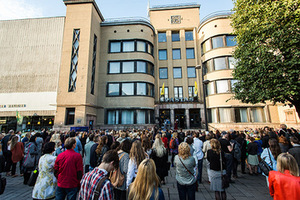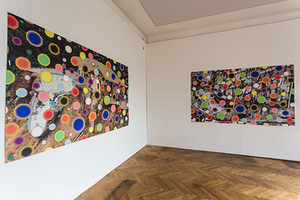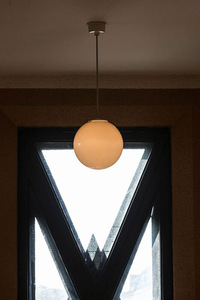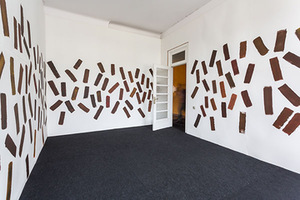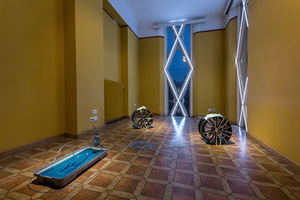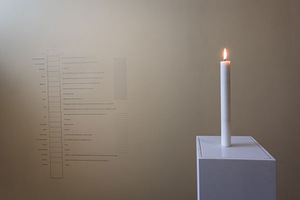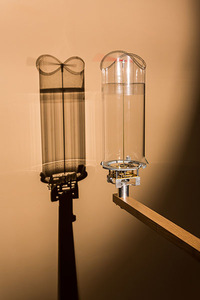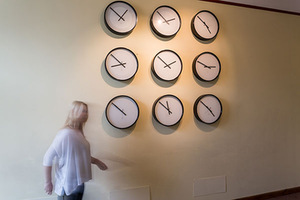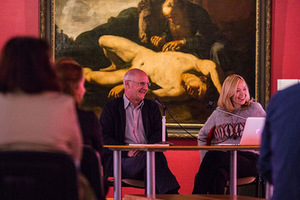Two of the many events: 10th Kaunas Biennial 3
In brief: Exhibition Threads: phantasmagoria about distance curated by Nicolas Bourriaud and opened at the Kaunas Central Post Office, because of its quality and relevance, in fact, could have taken place in any European city museum and the historic Kaunas building provided the European version with some local aspects that accreted meanings to the presented works.
According to the curator’s idea, threads raise questions about reality and distances - not only space, but also time. Therefore, the text of the exhibition catalog (author Nicolas Bourriaud), in respect of the idea of contemporary work, often wanders into the history of art.
In general, in order to capture this exhibition's guidelines and threads, the journey should begin with a guide, therefore it is welcomed that there were such tours, where the organizers of the biennial traveled together with a group of people and talked about the origin and cause of the exhibits and how they came to be exhibited there.
Other buildings forgotten by the city and left for the history, such as Linen factory or artificial fiber plant also localized several conceptual exhibition, theatrical performances and had to "adapt" various experiences to arts. But I would like to talk about less successful adaptations, about an event that received the least attention from the public - the presentation of collection of texts by the curators and art critics, invited by the biennial - Contemporary Art Biennial as a site-specific case: localism against globalism that took place at the M. Žilinskas Art Gallery.
Many viewers, who were happy to take advantage of explanatory texts or stories about contemporary art, ignored this event, as if the biennial had suddenly sprung up in the city museums and in the unattended abandoned buildings and everyone had known why this had happened. The book presentation featured not only the history of biennial, but most importantly, the phenomenon of biennial was discussed as an opportunity.
The Head of Liverpool biennial Lewis Biggs, who had come to the presentation of the publication told about his experiences of the biennial's relation to public parts of the city, the bad parts and the artwork's, for example, public sculpture, object or installation's ability to approach and make the communities speak.








